How did the crazy 'Sundial Project' come about, to create a nuclear bomb capable of destroying the Earth in one shot?

In the manga 'Doraemon,' there is a secret gadget called
The Most Insane Weapon You Never Heard About - YouTube
The US's top-secret project 'Sundial' is still largely classified at the time of writing, and its goal was to create a nuclear bomb with the power to destroy human civilization in one shot. The destructive power of this bomb would be equivalent to 10 billion tons of trinitrotoluene (TNT), which is an unimaginable amount of energy that would take 15 months to destroy if one bomb was dropped on Hiroshima every minute.

To understand why such weapons were planned, you need to understand the context of the Cold War. An American who was 40 years old in 1945 was born in 1905. At the time, much of the world was ruled by monarchs, electricity reached only 3 percent of American homes, horse-drawn carriages ran in cities, early airplanes had only just been invented, and war killed fewer than 100,000 people a year.

By 1945, however, two world wars had killed 24 million soldiers and 50 million civilians, and the arrival of television, microwave ovens, jet planes, and atomic bombs had suddenly transformed people's worldviews, a sudden change that was beyond the understanding of people at the time.

In an instant, the idea that nowhere in the world was safe and that non-nuclear nations were fated to be helplessly crushed by nuclear-armed nations became mainstream.
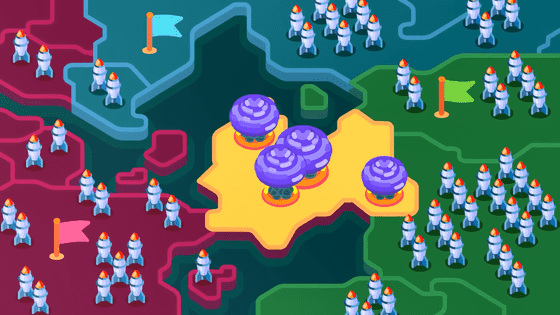
In 1946, the United States proposed a plan known as the Baruch Plan, which called for placing nuclear weapons under international control and ultimately aiming for the abolition of nuclear weapons. However, the military superiority of the atomic bomb was so great that it was ultimately impossible to give up nuclear power.
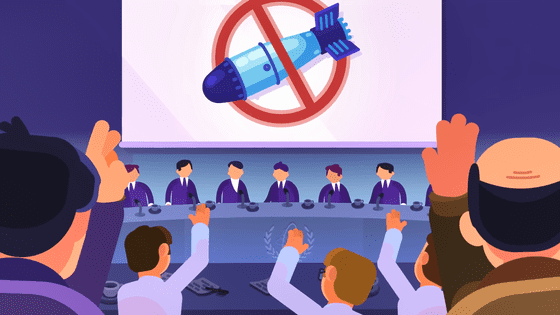
Just three years later, the Soviet Union stunned all Americans by conducting a successful nuclear test, making it clear to everyone that the Soviet Union's technological capabilities were no match for those of the United States.
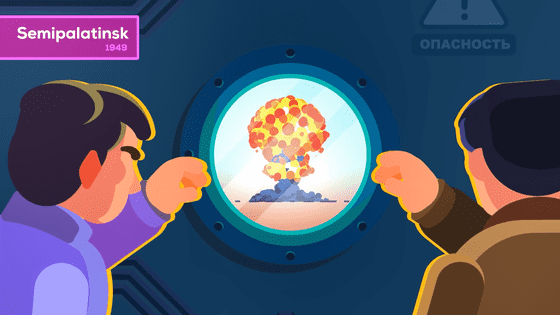
It didn't take long for wonder to turn to terror, and terror to turn to madness.

The very idea of war was transformed into having nuclear weapons that could strike faster and harder: in 1946 there were just nine nuclear bombs in the world; by 1950 there were 300, and by 1960 it was estimated that there were 20,000. The nuclear arms race was upon us.
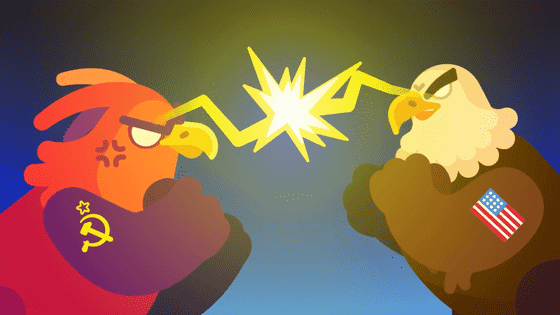
Fear had to be met with even greater fear, and one brilliant scientist knew how to make it happen.


Teller believed that the country needed a bigger bomb to be safe, and he pressured politicians for more destructive nuclear weapons.
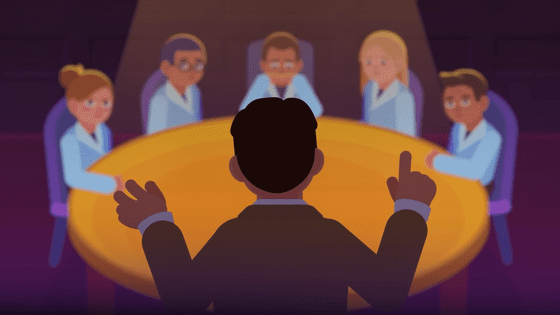
The idea was radical even by the standards of the time, but fortunately for Teller, the Soviet Union's rapid nuclear development gave him the push he needed.
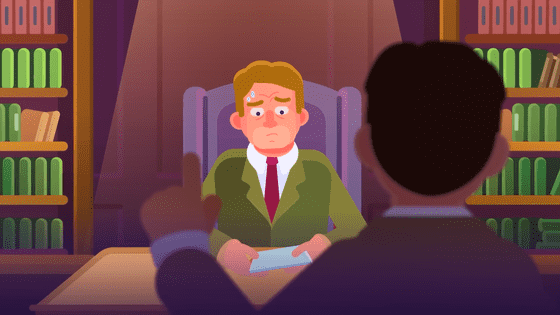
With this blank check in hand, Teller was able to develop his long-desired new weapon: the hydrogen bomb.
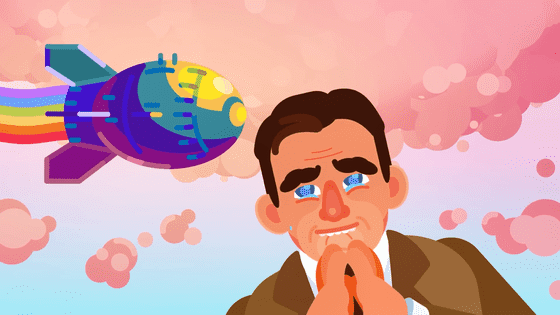
Hydrogen bombs are equipped with atomic bombs, but these are merely explosives. When the atomic bomb explodes in the first stage, a huge amount of X-rays are concentrated in the nuclear fusion fuel, compressing the fuel violently and causing nuclear fusion, creating an environment on Earth that is the same as the burning of the sun for a moment.
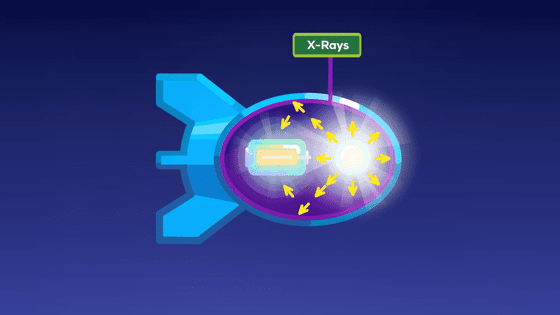
First tested in 1952, the hydrogen bomb instantly wiped the Pacific island off the map.
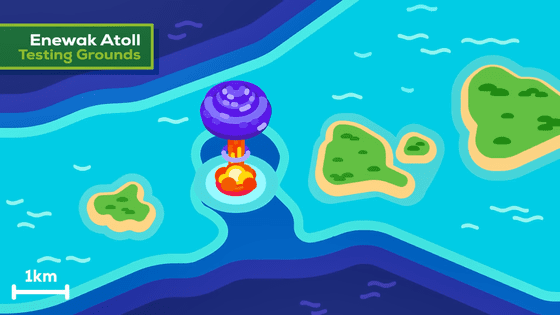
Just two years later, Teller tested an even more powerful bomb. Tested on Bikini Atoll in the Marshall Islands in the South Pacific, this new weapon shocked the world, proving 1,000 times more powerful than the Hiroshima atomic bomb.

But Teller was not satisfied, and, again conveniently, the fear culminated when the Soviets successfully tested their own hydrogen bomb.
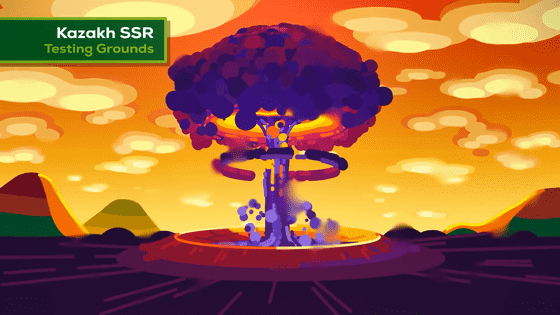
This brings us to the top-secret project 'The Sundial.' While most of the plans for this are classified, we know that work was being done on it and tests were planned.
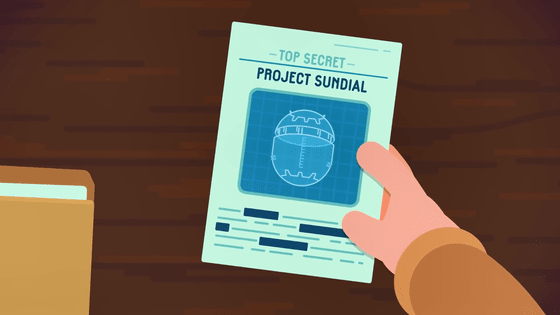
The Sundial's true nature was not to be a nuclear weapon of war, but rather a 'weapon of world destruction.' Unlike nuclear weapons, the Sundial did not need to be loaded onto a bomber and dropped on a target, because if it could destroy the world, it didn't matter where it was.
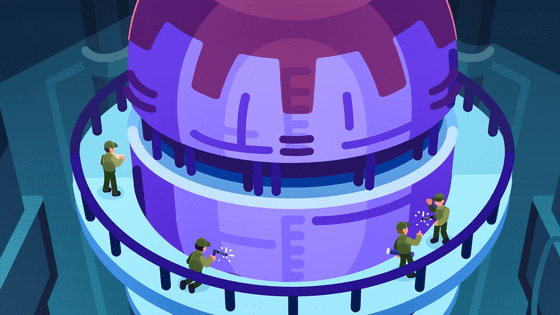
In fact, we don't know the specific plans for where the Sundial was planned to be located, whether it was in the heart of America, on a remote island, or on a ship at sea, but Teller himself was well aware of how insane it all was.
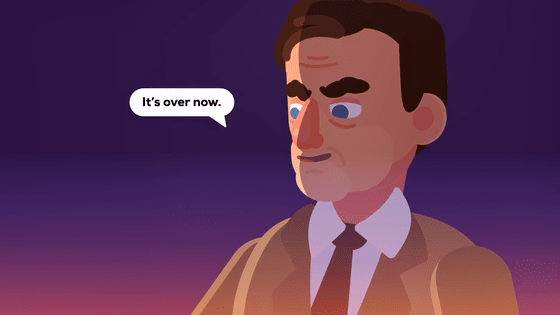
Teller's idea was the ultimate deterrent: if you attack us or our allies, we will destroy the world.
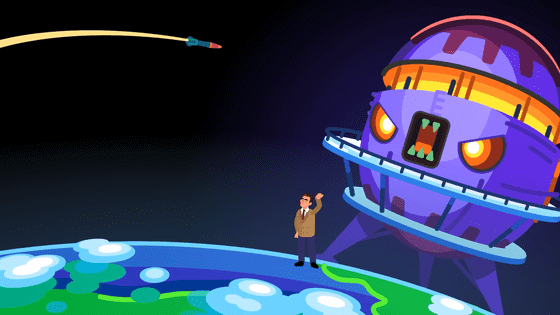
Technically, the Sundial wasn't particularly complicated and was probably a kind of 'nuclear Matryoshka doll.'
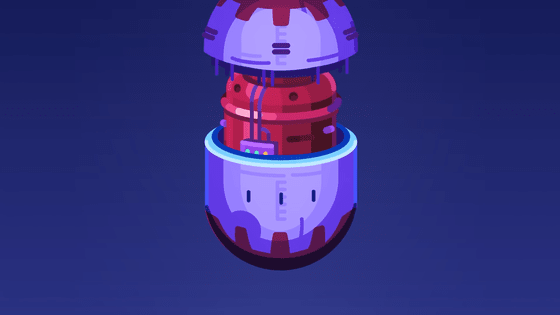
What makes the Sundial so striking is its size and power; it weighed 2,000 tonnes and was as long as a freight train, 250 metres long.
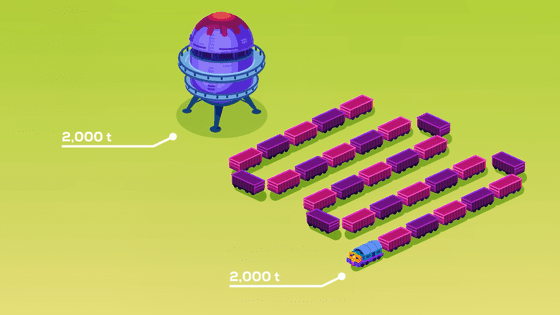
And its explosive power was equivalent to at least 10 billion tons of TNT.
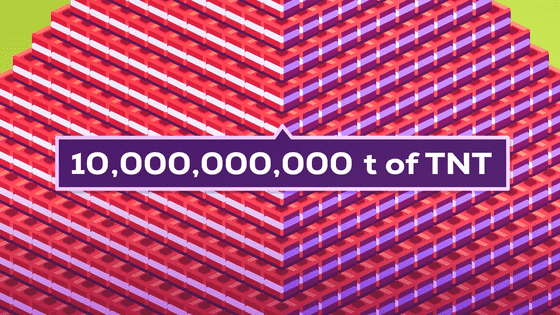
Kurzgesagt is working with experts to run simulations to see what would happen if a Sundial were to explode in Nevada, USA.
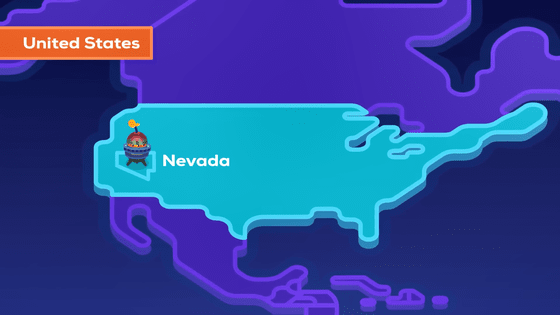
First, upon detonation, a fireball of pure energy appears, up to 50km in diameter.
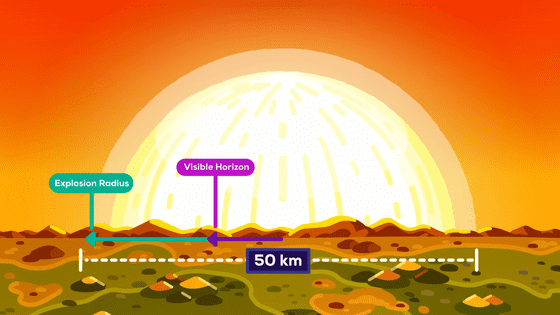
The fireball would radiate heat at the speed of light, instantly burning trees, homes and people within 400 km, and turning the nearby desert into glass.
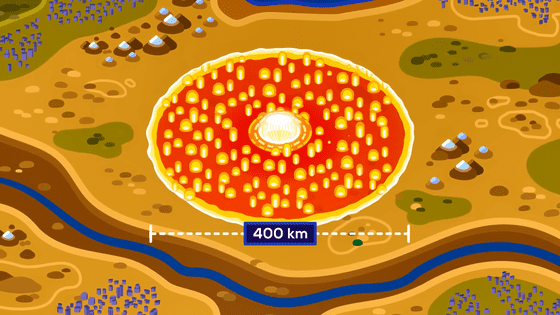
An explosive blast then occurs, violently blasting the atmosphere above into space, causing a magnitude 9 earthquake that shakes across the United States and sends shockwaves around the world.
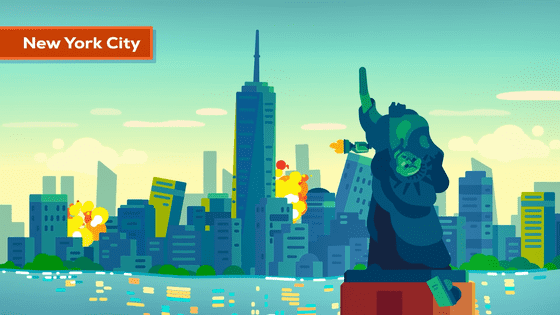
Forests across North America burn, smoke mixed with radioactive fallout rises, and a cloud of death blankets the globe, the effects more akin to a supervolcanic eruption or an asteroid impact than the results of nuclear war.
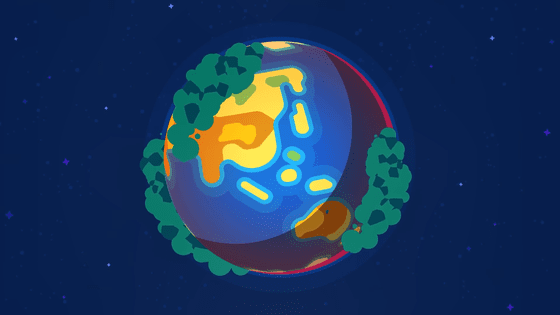
As a result, the world's temperature would plummet by 10 degrees, most water sources would be contaminated, crops would fail, and an apocalyptic nuclear winter would begin.

The good news is that the Sundial was never built. Politicians who were informed of the project in secret rejected it, and even the US military thought it was a bit over the top.
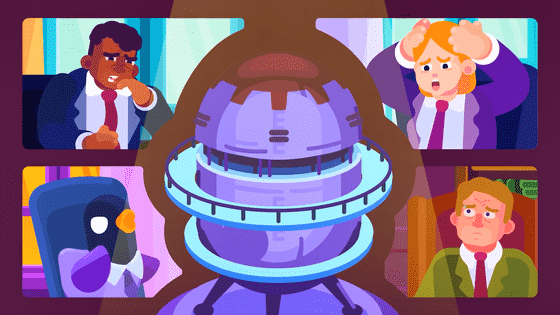
Even in this age of nuclear madness, the Sundial was considered an act of extreme madness, its construction a crime against humanity.
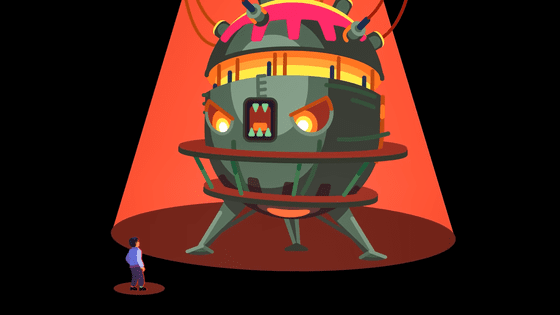
The Sundial also posed a practical problem: 'If an enemy country overthrew the government of a friendly country, should we end the world?' Using the Sundial would certainly destroy the enemy country, but it would also destroy both our own country and our friendly country.
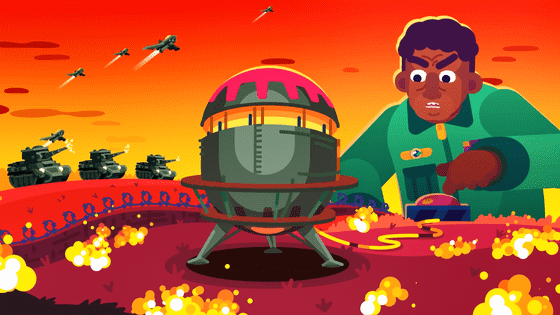
The bad news is that the Sundial madness isn't over. At the peak of the Cold War, humanity possessed over 70,000 nuclear weapons; at the time of writing, that's down to just 12,000, but that's still more than enough to destroy human civilization several times over.
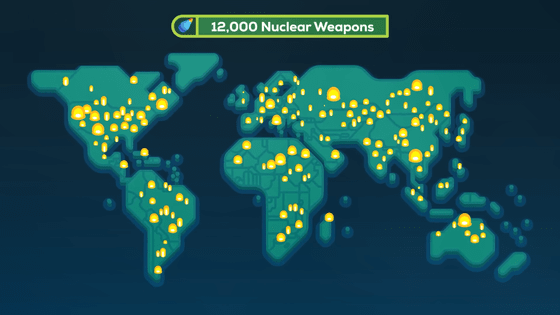
Instead of incinerating the world with a single bomb, the superpowers decided to build nuclear weapons of all sizes and store them in submarines and missile silos.
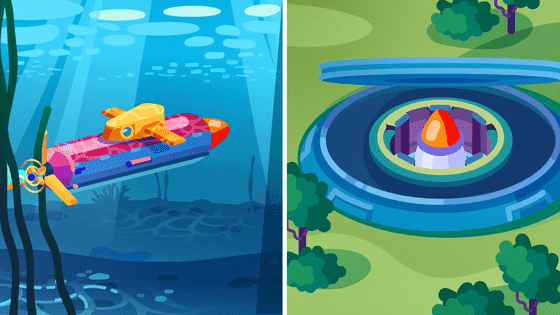
But it does make nuclear weapons a very real threat, and no one knows what the resulting chain reaction could be.
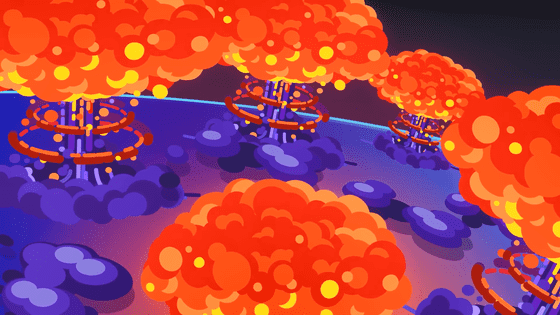
In reality, there isn't much difference between now and when the Sundial was planned. The United States is investing billions in modernizing its nuclear arsenal, and China is expanding its arsenal to over 1,000 nuclear weapons by 2030.
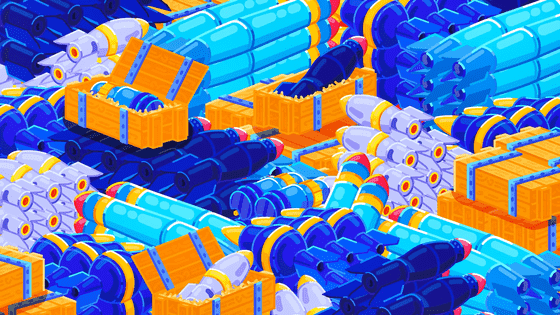
If aliens saw humanity on the brink of extinction, they might ask, 'Are you OK? Want a hug?'
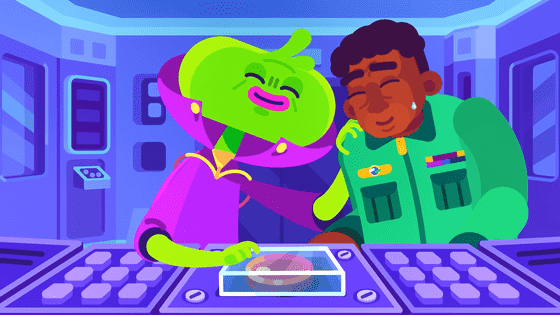
'We are at a point in time where we must ask ourselves whether we, as a species, are prepared to destroy ourselves in an instant,' Kurzgesagt said.

Related Posts:







